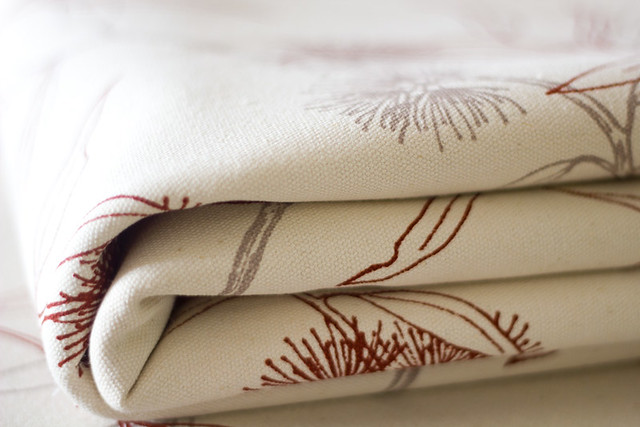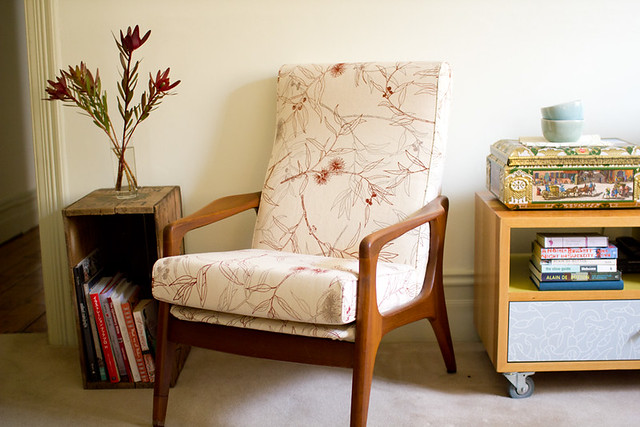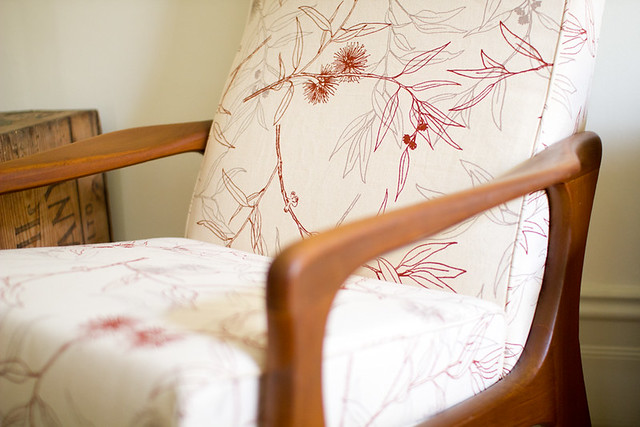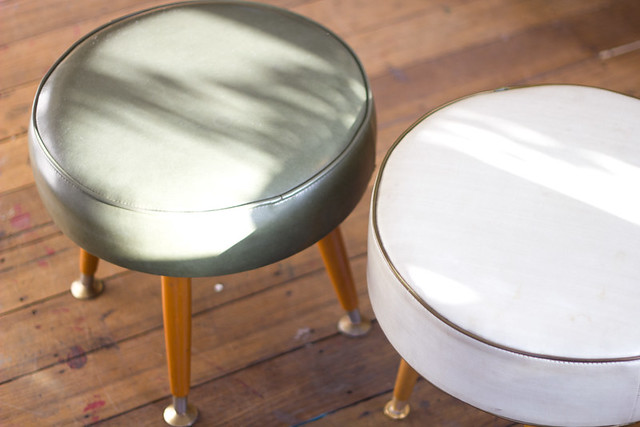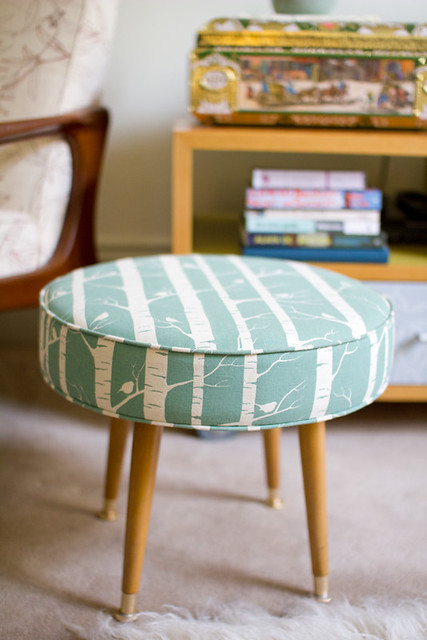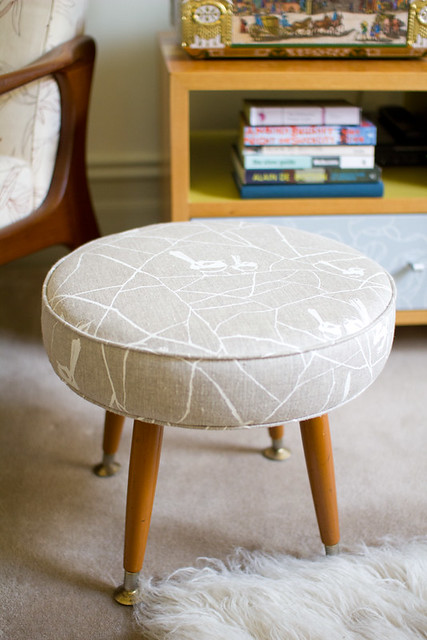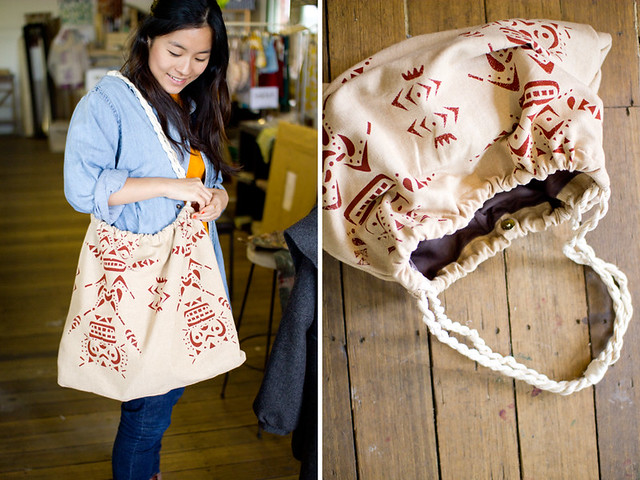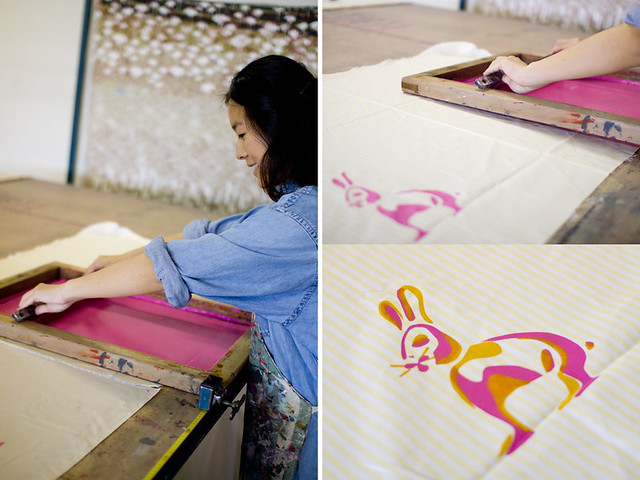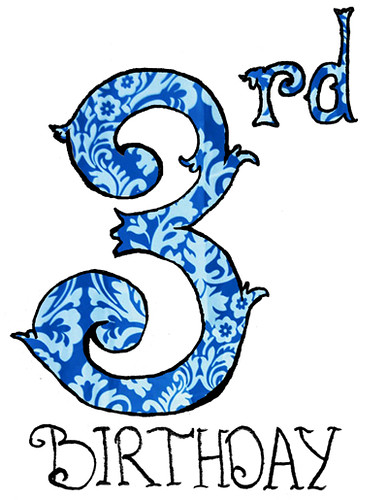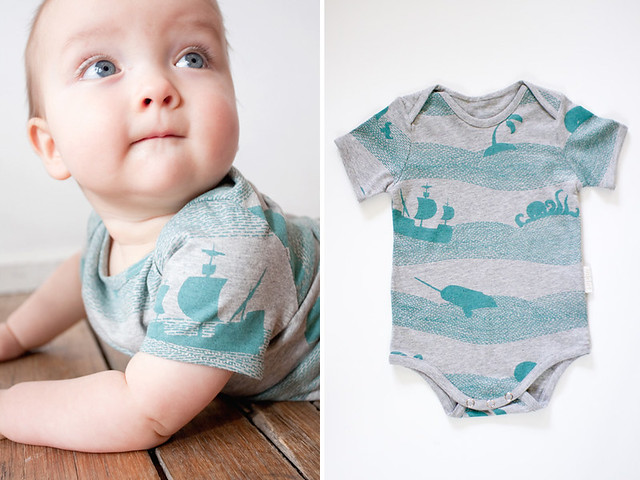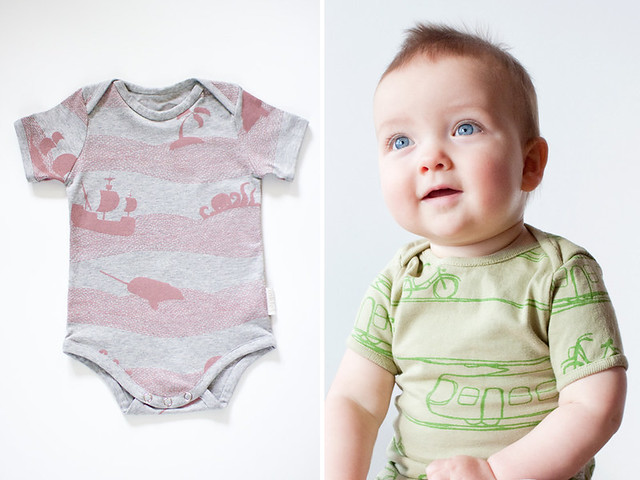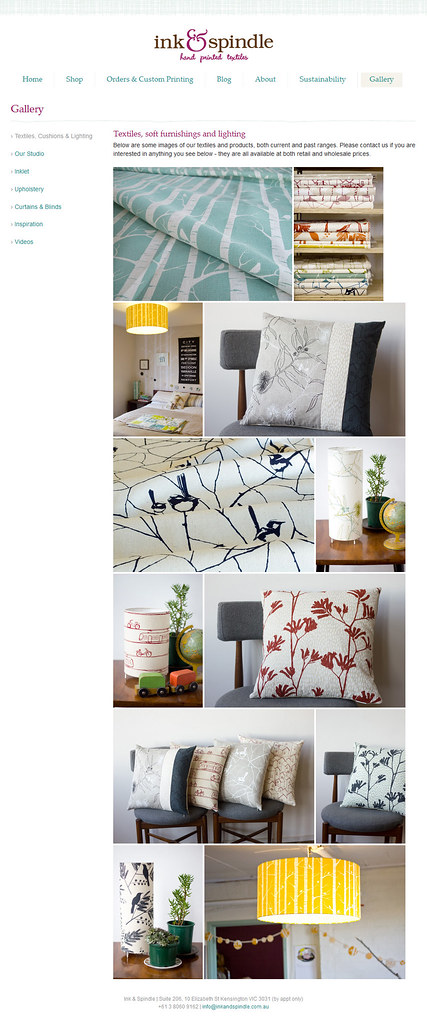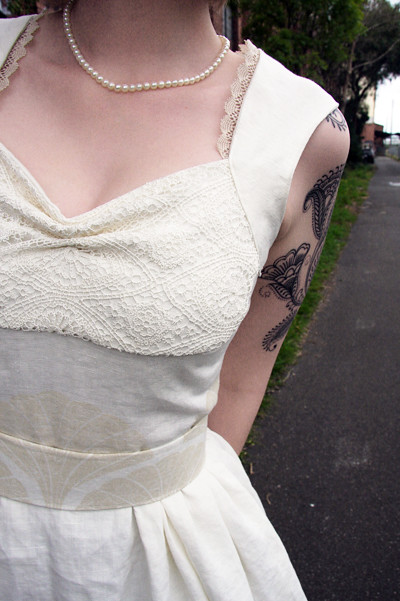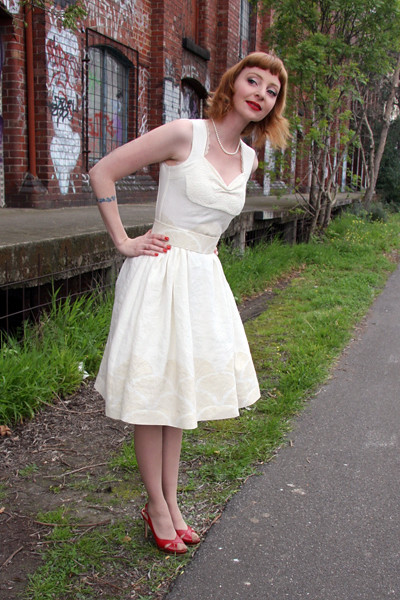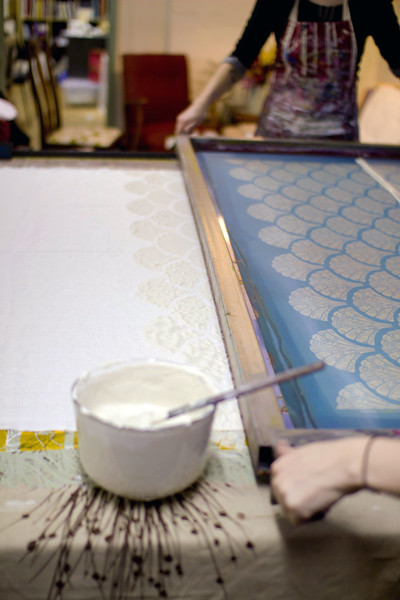IF YOU ARE A CUSTOMER OR A SMALL BUSINESS OWNER, THIS POST IS FOR YOU.
[update and disclaimer] This post has received a lot of feedback in the comments section which is great! I'm glad we're all talking about this difficult topic. But I do want to add - this formula wasn't meant to be perscriptive, merely a guide. Adapt it to suit your situation. I've added more comments below in red :)
It's crazy how often the topic of pricing comes up in conversation around here.
- It might be triggered by our frustrations with a comment on a blog about how such-and-such beautiful, bespoke, handmade item is 'too expensive'.
- We might be throwing around business ideas & offering advice to a intern or friend who wants to start a small business.
- Or we might be discussing a new venture for our own business (such as Inklet), trying to figure out if a product is actually viable to produce and sell at a reasonable price.
The thing is, pricing yourself correctly is HARD. there are so many things working against you when you're a small, local business trying to sell your wares. Like the fact that 99% of the products in your marketplace are manufactured overseas with poor ethical & enviromental standards and sold at a price that you'll never be able to match. And the fact that in your own community there are people who will operate at a loss on a hobby basis because they don't depend on the income from the business. And because people as whole have a mindset that cheaper is better and haven't been educated about the 'real cost' of their purchase.
Since the very beginning, we've always tried to price our textiles correctly. If it wasn't for the wonderful book
Craft Inc., we might never have known about The Formula (as we have dubbed it), and by now we would have worked ourselves into the ground.
But fortunately we
did know about The Formula (said with a reverent tone) and would like to share it with you today:
 The Formula (guided by this book) and made pretty by me
The Formula (guided by this book) and made pretty by meWhat do you reckon? Sounds pretty full on, huh? All those x2's! Well let me tell you, those x2's are there for a reason and without them we wouldn't be here writing this post to you today.
Let's break it down:
Cost price
Your cost price is the cost of your time (or someone else's) plus the cost of your materials.
Time cost
If you're doing the work yourself you need to pay yourself an hourly rate. We calculated our rate based on what we'd have to pay someone else to do the job for us. Because if we got bigger, that's what we'd have to do. Make it a realistic figure. For us it's $20per hour. You might be able to work to a lesser figure, that's fine. If you outsource, remember to factor in any time you need to spend liaising with or managing your makers.
Material costsThese are your direct material costs, not equipment or setup. For example, we factor in the cost of our basecloth, our inks and our heat setting, but not the screen exposure.
Wholesale price
Your wholesale price is your cost price, doubled. Why double it? Because you need to cover all your overheads! Your rent, electricity, equipment, etc etc etc. If you were paying someone else for their labor then you'd be making nothing for yourself if you didn't mark up the price. Update - double might not work for everyone, everyone's overheads are different, but the important point is that you need *some* markup here. If you material costs are very high then double might be extreme, though it's important to remember that high material costs come with high investment and risk, which you should be covering yourself for.
Retail price
Finally, your retail price is your wholesale price, doubled. Again, why doubled? Because retailers will typically need to mark your goods up by 100%. That sounds extreme, but a retailer also has all of their overheads to cover, plus they have to factor in losses from goods that don't sell. Update - 100% is the standard for *our* industry. If your industry has a standard markup of say, 50%, then you can work to that. Do your research and find out.
The important thing to note is, you need to sell at the retail price (or close to it) in your online shop and at markets. Even if you don't wholesale yet. For three reasons:
1) Because when the time comes to start wholesaling your goods, you can't be undercutting your wholesale customers.
2) Because there are additional overheads involved in playing the role of retailer yourself - packaging costs, shop fees, time to photograph & list items, market stall fees etc etc.
3) Because you're potentially doing the rest of the handmade industry a disservice if you don't.
That last point is a crucial one. And a tough topic. On the one hand, it's important to acknowledge that not everyone can launch into their small business selling at a 'proper' retail price. And one could argue that it's those stallholders with more affordable handmade items that help keep our handmade marketplace a thriving and dynamic one. But on the flip side, other businesses who have set their prices at a sustainable level aren't able to compete. For example, a fully lined zip purse made from our fabric with the above formula would need to be sold for around $35. How often do you see these being sold at markets for $15 or less?
One last thing
Whilst we're here, let's just take a moment to reflect on how the above formula applies to a $15 t-shirt from a large chain store. Considering that some large retailers have markups of 200 or 300%, how much did the person who sewed that garment get paid? Society seems to be more educated about battery hens than their human counterpart.
We hope this post has shed some light for both customers and other business owners alike. We figure if we're going to selling fabric for $96 a metre and t-shirts for $45 then it's important for you to understand where those figures came from. And we hope you'll think about this post when you next think of someone's wares as being 'too expensive', or when you find you next 'bargain' in the stores.
